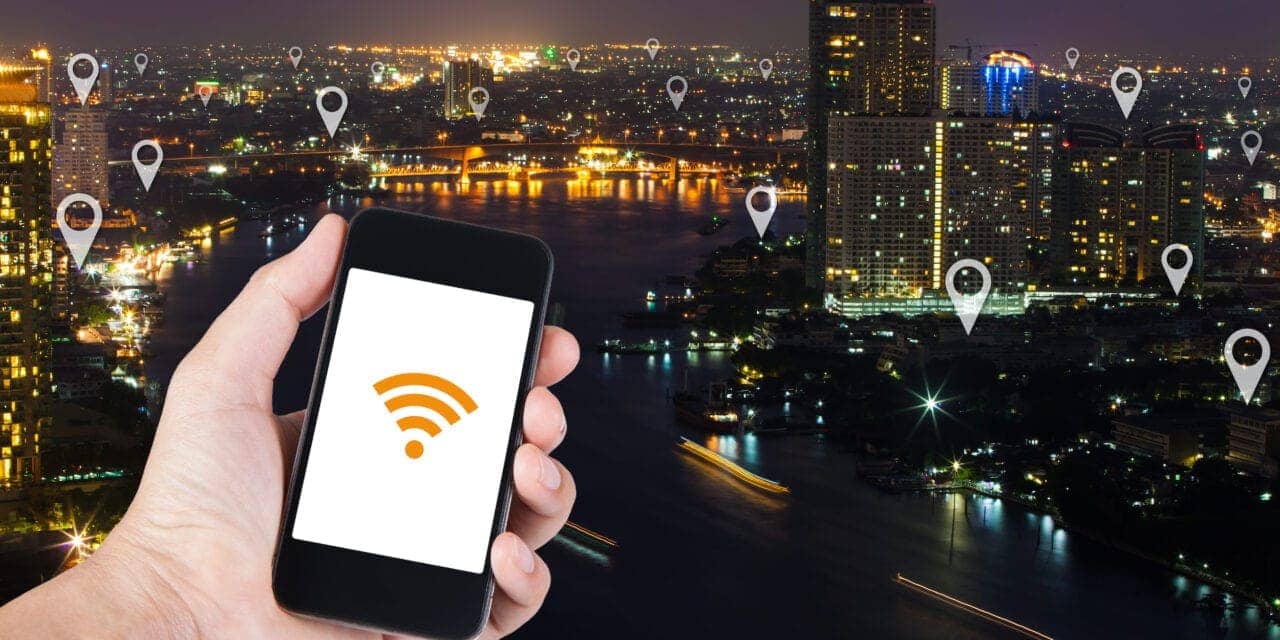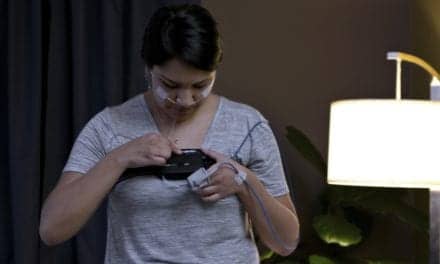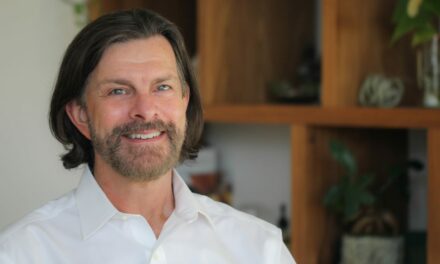WatchPAT ONE and NightOwl ease cross-contamination worries and offer almost-immediate sleep apnea testing results. But they aren’t for everyone.
By Lindsey Nolen
Although home sleep testing (HST) has been available to patients for some time, a new category of fully disposable HST devices is now changing the landscape for providers and patients alike. Whereas patients have had to return the diagnostic base unit, they can now simply discard the entire device after receiving almost-immediate results—but this newfound agility comes with some costs.
Two companies in particular have been marketing fully disposable versions of HST devices. Itamar Medical released the WatchPAT ONE in June 2019, and Ectosense released the NightOwl in June 2020.
Producing over 10,000 NightOwl devices in November alone, fully disposable HST has allowed Ectosense to achieve scale advantages almost immediately out of the gate.
“I believe that physicians sometimes underestimate how a convenient test that speaks the language of the patient (ie, through an accompanying app) helps drive better testing and even therapy outcomes,” says Ectosense CEO Ciaran McCourt.
But for disposable devices to become cost-effective, “some trade-offs have to be made,” McCourt concedes. For example, Ectosense removed on-device memory, meaning NightOwl requires a connection with a smartphone. (This also means Ectosense had to invest in a team of mobile developers to keep the connections running smoothly.)
There are other costs too, say other stakeholders.
One, quite literally, is the financial cost. “Electronic devices that are used many times are inherently less expensive on a per usage basis than those used once because the cost of the device is spread over many uses. Given the declining reimbursement, the per-study cost is a serious consideration,” says Hani Kayyali, president and CEO of sleep diagnostics company CleveMed. “The solution must be affordable; otherwise, the equipment will not be used.”
Arun Ramabadran, CEO of REMware, which offers home sleep testing logistics services, says, “From at least a market pricing standpoint, I think the biggest disadvantage is that if you’re using a fully disposable unit it’s more difficult to lower your price. The reason we opted to have part of our HST disposable and the other part not was really just to lower our cost.” But he adds that economies of scale will work in the favor of fully disposable home sleep testing companies if the segment continues to grow. “I’m assuming that companies like Ectosense and Itamar will be able to lower their costs as time goes on and they get more clients,” Ramabadran says.
McCourt says, “The pandemic has emphasized the need to innovate, and we are not sitting on our laurels. Prices should continue to come down to accommodate reduced [home sleep testing] reimbursement rates, while at the same time the feature set of disposable devices should expand. Similarly, when the pandemic is over, reducing the waste (electronics and plastics) associated with those devices will become more important.”
Other stakeholders also note the environmental impact. “The number of fully disposable electronic devices that will have to be tossed away needlessly can be in the hundreds of thousands every year, which adds to the waste problem that many are trying to avoid,” says CleveMed’s Kayyali.
[RELATED: Understanding the PAT Signal and WatchPAT Recordings & Scoring]
Technology & Clinical Acceptance
Clinicians who are already comfortable with home sleep testing devices that don’t measure airflow (such as Itamar’s use of peripheral arterial tonometry or PAT) may be more likely to switch to this new generation of fully disposable home sleep tests—neither WatchPAT ONE nor NightOwl incorporates airflow cannulas.
Ingvar Hjalmarsson, chief product officer at sleep diagnostics company Nox Medical, says, “Our customers prefer to measure airflow because it matters when determining treatment pathways for patients. This adds a certain burden to the scope of use, for example if patients need to be evaluated against certain criteria before they get a sleep test done.”
Hjalmarsson adds that another key challenge is “complexities for patients to work with apps and technology they do not feel comfortable with.”
But others find the quick turnaround built into fully disposable technology increases patient momentum and ultimately therapy adherence. Itamar’s United States president Shane Brown says that since the WatchPAT ONE sends results to the provider the following morning, patients are benefiting from immediacy. The decrease in diagnostic time has increased the number of people starting therapy compared to people “on the fence as weeks drag on,” Brown says, adding that at one Itamar account on the West Coast, the faster diagnosis-to-treatment turnaround was linked to a 25% bump in conversion of new patients to CPAP therapy.
Kevin Faber, MD, MBA, FAAN, chair and medical director at Sanford Health Sleep Medicine in Fargo, ND, believes the use of disposable HST will increase dramatically over time.
“Our sleep lab was totally closed for a little over two months earlier in the pandemic, and during that time all of the testing we performed was via the disposable home test. One of the advantages was that we could mail out the [WatchPAT ONE] even to those in town,” Faber says. “The signal and the quality of the data we get with the disposable test is excellent and indistinguishable from the rechargeable, regular device someone might use.”
Thaddeus Shattuck, MD, medical director of the Center for Sleep Disorders at St. Mary’s Regional Medical Center in Lewiston, Maine, also uses the Itamar WatchPAT ONE. “Sometimes positive momentum is needed to treat apnea, and delays in getting results can squander motivation to start treatment,” Shattuck says. “The closer you can deliver the clinical intervention as well as discussion of the testing and results, the more likely it is the patient will engage in the providers’ recommendations. Sometimes, if patients have to wait months for results, they can lose whatever motivation and momentum they had that led them to get tested in the first place.”
Omar Burschtin, MD, FAASM, clinical director of sleep medicine at Mount Sinai in New York, echoes that sentiment. “The closest you can do clinical intervention, discussion, testing, results, and the intervention of therapy with the patient, the easier it is for the patient to engage in the providers’ recommendations. The acceleration of this HST strategy during the pandemic will be extended after COVID-19 because I see significant advantages to provide this time-saving alternative.”
[RELATED: Will the Pandemic Be a Tipping Point for Disposables in Sleep Medicine?]
Are Fully Disposable Devices the Future?
There’s debate about whether fully disposable devices will become dominant in the future.
Representatives from Itamar Medical say the market for disposable HST will increase, and that the company is well positioned to grow alongside.
“We just wanted to make a really simple solution that offered all of the same WatchPAT qualifications in terms of sleep architecture, true sleep time, and central sleep apnea diagnosis,” Itamar’s Brown says. “We knew for a while that it was going to be a great product for us, and…when a lot of sleep labs were closing because of COVID-19, it had hit the market at the perfect time.”
Melih Alvo, senior marketing director at Itamar Medical, says, “Although WatchPAT ONE is a fully disposable HSAT [home sleep apnea test], it comes with full capability like any other WatchPAT devices….Also, even though it’s disposable there’s no change in reimbursement. It’s the same WatchPAT technology, so it uses the same reimbursement code.”
Fully disposable HST maker Ectosense is also predicting growth in its the future; in its case, the company has invested in multi-night testing. NightOwl can record up to 14 nights of data on one patient, which means fully disposable HST is not necessarily synonymous with “single-night HST.”
CEO of sleep medicine practice Dream Sleep Medicine in Frisco, Texas, Vikas Jain, MD, FAASM, FAAFP, says, “Some of the pros associated with the Ectosense NightOwl are the reason we decided to go with disposable HST. One thing I really like about the Ectosense NightOwl is that you can complete multi-night testing.”
But others say that fully disposable devices are not as revolutionary as companies market them to be.
“We don’t really receive many requests for fully disposable testing solutions,” Kayyali says. “It is certainly being marketed aggressively but what customers and patients really ask about is how the devices are cleaned and disinfected. People often ask about the cannula because it is exposed to the patient’s breathing all the time. Once they learn that that sensor (and the effort belts) are single use, they become more comfortable with the process.”
Many single-use ideas were proposed in other specialties but did not become mainstream, Kayyali says. “A close example is cardiac monitoring at home. Despite the advancement of single-use patch technologies, holters continue to rely on reusable solutions,” he says. “That does not mean reusable holters did not innovate! Quite the contrary; holters became smaller, more sophisticated, and easier to use but remained to rely on reusable recorders.”
Nox’s Hjalmarsson says that an emphasis on preventing cross-infection will continue to grow, but that doesn’t mean home sleep tests must be fully disposable. “Consumable items, such as sensors, that are in direct contact with patients should be disposable. More expensive parts that can be reused will then require an easy-to-clean design,” he says. “We believe that the demand for disposable and easy-to-clean products will grow. This will require medical device companies to innovate and support healthcare providers in their pursuit for helping more patients with less resources than before.”
At sleep diagnosis and therapy company Philips, Pamela Hall, sleep category leader, says, “Demand for our reusable Alice NightOne solution continues to increase, which may suggest that clinicians are still in search of the disposable solution that best fits their needs.”
For now, no universal answer is available for whether fully disposable sleep tests better meet sleep specialists’ needs over standard HST devices. As new home sleep tests launch with more features, many stakeholders will be closely watching the direction of the fully disposable HST market.
Lindsey Nolen is a Jacksonville, Fla-based journalist who has been writing about healthcare for over 5 years.
Photo 96652095 © Suwan Wanawattanawong – Dreamstime.com





